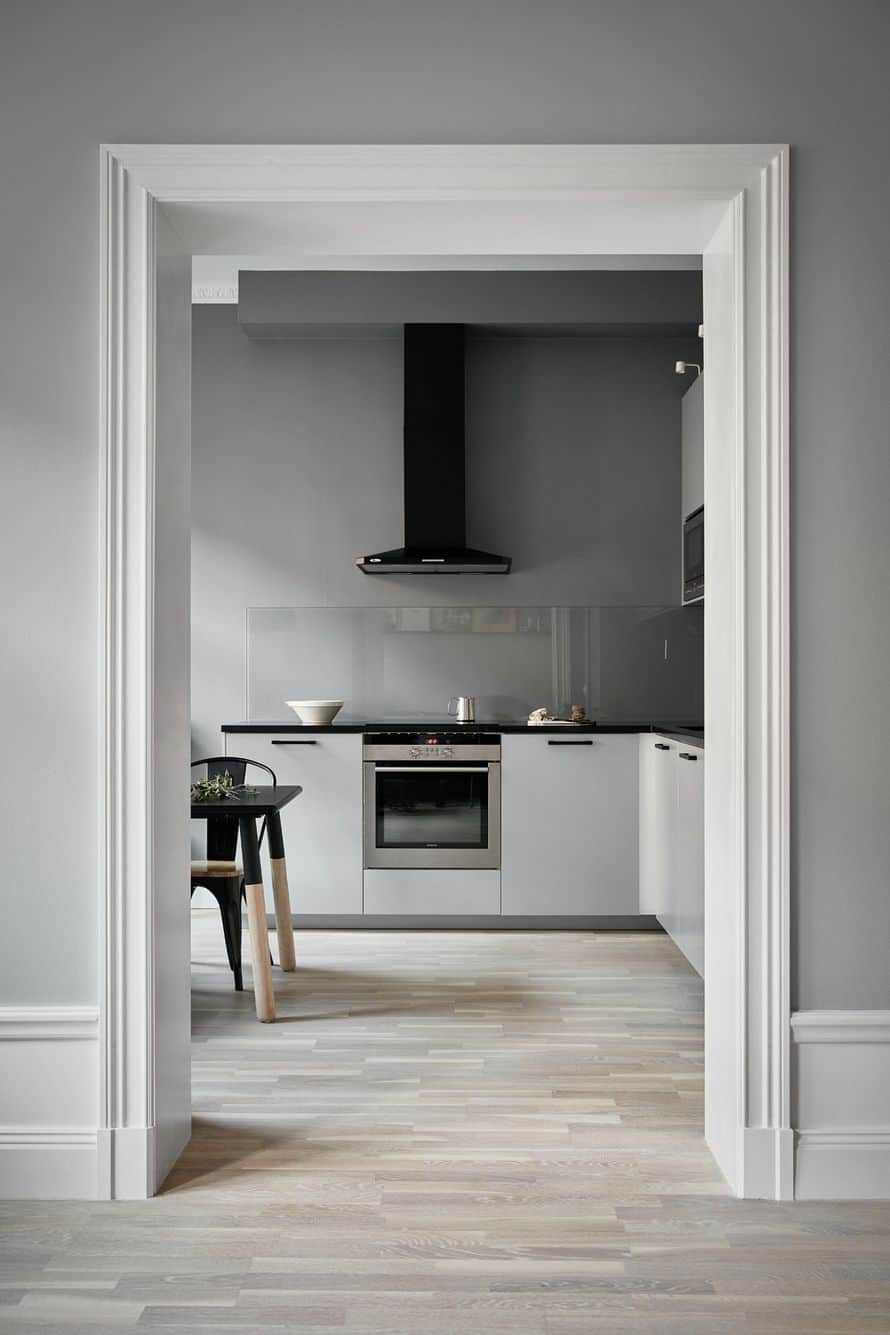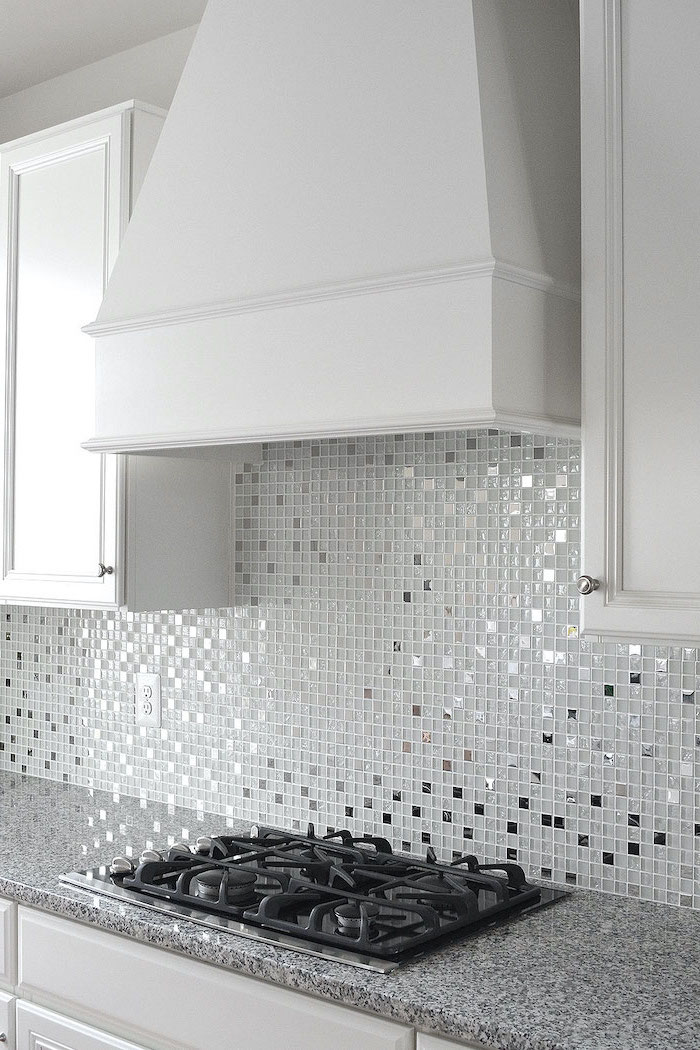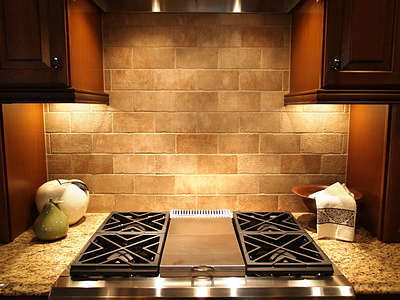When I first started exploring kitchen backsplash materials, I quickly realized that the options were vast and varied. The backsplash is more than just a functional element in the kitchen; it’s an opportunity to add personality and style to the space. From traditional tiles to modern alternatives, each material has its unique characteristics, benefits, and considerations. Choosing the right backsplash material involves balancing aesthetics, durability, maintenance, and budget, all of which are crucial in creating a kitchen that is both beautiful and practical.
One of the most popular materials for kitchen backsplashes is ceramic tile. Ceramic tiles have been a kitchen staple for decades, and for good reason. They come in an endless variety of colors, shapes, and patterns, allowing for almost limitless design possibilities. Whether you’re aiming for a classic subway tile look or a more intricate mosaic pattern, ceramic tiles can accommodate your vision. I appreciate that ceramic tiles are relatively easy to clean and maintain, which is a significant advantage in a kitchen where splatters and spills are inevitable. Additionally, ceramic is a durable material that can withstand the wear and tear of daily kitchen use, making it a long-lasting choice.

Another excellent option I considered was glass tile. Glass tiles bring a sleek, modern look to any kitchen, with their reflective surface adding a sense of depth and brightness to the space. They are available in a wide range of colors, from subtle neutrals to bold, vibrant hues. One of the things I love about glass tiles is their ability to create a luminous effect, especially when combined with under-cabinet lighting. The reflective quality of glass not only enhances the visual appeal of the kitchen but also makes it feel more open and airy. Like ceramic, glass tiles are easy to clean, but they do require careful installation to avoid visible adhesive through the transparent material.
Natural stone is another popular choice for kitchen backsplashes, offering a timeless and elegant look. Materials like marble, granite, and travertine each bring their unique character to a kitchen. Marble, with its luxurious veining, creates a sophisticated atmosphere, while granite offers a more rugged, earthy aesthetic. Travertine, on the other hand, provides a warm, rustic charm that can make a kitchen feel more inviting. However, one thing to keep in mind with natural stone is that it requires more maintenance than ceramic or glass. Stone is porous and can absorb stains if not properly sealed, so regular sealing is necessary to keep it looking its best.

For those who prefer a more industrial or contemporary vibe, metal backsplashes are a great option. Stainless steel is a common choice, offering a sleek, modern look that is both stylish and highly functional. I found that stainless steel is particularly well-suited for kitchens with a lot of stainless steel appliances, as it creates a cohesive, professional appearance. Other metals like copper and tin also make for striking backsplashes, each bringing a different aesthetic to the kitchen. Copper, for instance, adds warmth and a sense of history with its rich, reddish tones, while tin offers a vintage, embossed look that can be quite charming. The main advantage of metal backsplashes is their durability and ease of cleaning, but they can be prone to scratching and denting, so care must be taken during installation and use.
For a truly unique and customizable backsplash, consider mosaic tiles. Mosaic backsplashes are made up of small tiles, often in varying colors and materials, arranged in intricate patterns or images. I find that mosaic tiles allow for a great deal of creativity and personal expression in the kitchen. Whether you want to create a bold, artistic focal point or a subtle, textured background, mosaic tiles can deliver. The range of materials used in mosaics is also impressive, including glass, ceramic, stone, and even metal. However, the installation of mosaic tiles can be more labor-intensive and may require professional help to achieve the best results.

Another material that has gained popularity in recent years is engineered quartz. While quartz is commonly associated with countertops, it is also an excellent choice for backsplashes. Engineered quartz is made from natural quartz combined with resins, creating a non-porous, stain-resistant surface that is perfect for kitchens. One of the things I appreciate about quartz backsplashes is their seamless, modern appearance, especially when paired with a matching quartz countertop. The uniformity of the material creates a clean, cohesive look that is both stylish and easy to maintain. Additionally, quartz comes in a wide range of colors and patterns, including options that mimic the look of natural stone, allowing for flexibility in design.
If you’re looking for an eco-friendly option, recycled materials are worth considering. Recycled glass tiles, for instance, are made from post-consumer glass, making them an environmentally responsible choice. These tiles come in a variety of colors and can be used to create stunning, one-of-a-kind backsplashes. I find that using recycled materials not only adds a unique touch to the kitchen but also aligns with sustainable living practices. Another eco-friendly option is reclaimed wood, which can be used to create a rustic, warm backsplash. However, wood is more susceptible to moisture and may require sealing to protect it from water damage.
For a minimalist and seamless look, I explored the option of using solid surfaces like Corian or other solid-surface materials. These materials are non-porous and resistant to stains, making them ideal for the kitchen environment. One of the main advantages of solid surfaces is the ability to create a seamless, grout-free backsplash, which is not only visually appealing but also easy to clean. The smooth, continuous surface eliminates the need for grout lines, which can be a magnet for dirt and grime. Solid surfaces are also available in a wide range of colors and patterns, allowing for customization to suit any kitchen style.

Subway tiles, although a specific type of ceramic tile, deserve a mention due to their enduring popularity. The classic 3×6 inch rectangular tile is a timeless choice that works in almost any kitchen design. I appreciate the versatility of subway tiles; they can be laid in a traditional horizontal pattern, stacked vertically, or arranged in a herringbone pattern for added visual interest. The simplicity of subway tiles makes them a safe, yet stylish choice, particularly if you’re looking to create a clean, understated backdrop in your kitchen.
For those interested in a more artistic approach, hand-painted tiles offer a way to introduce unique patterns and designs into the kitchen. These tiles are often created by artisans and can feature anything from floral motifs to abstract designs. Hand-painted tiles can be used as accents within a larger tile layout or as a full backsplash for a bold statement. I find that hand-painted tiles add a personal touch to the kitchen, reflecting the homeowner’s taste and style. However, because these tiles are often custom-made, they can be more expensive and require careful planning to ensure a cohesive design.
One of the more unconventional materials I considered was mirror tiles. Mirrored backsplashes can add a glamorous, reflective quality to the kitchen, making the space feel larger and brighter. I like the idea of using mirror tiles in small kitchens where maximizing light is essential. However, mirrored backsplashes do require regular cleaning to maintain their shine, and they can be more prone to showing fingerprints and smudges. Additionally, care must be taken during installation to avoid cracking or chipping the glass.

If you’re drawn to a more textured, natural look, consider using brick or stone veneer for your backsplash. Brick veneer offers a rustic, industrial vibe, while stone veneer can create a natural, earthy feel. Both materials add texture and depth to the kitchen, making them great choices if you want to add visual interest to the space. However, brick and stone veneer are heavier than other backsplash materials and may require additional support during installation. I also found that these materials can be more challenging to clean due to their uneven surfaces, so it’s important to consider their maintenance needs.
For a more budget-friendly option, I explored peel-and-stick tiles. These tiles are designed for easy installation, as they can be adhered directly to the wall without the need for grout or mortar. Peel-and-stick tiles are available in a wide variety of styles, including options that mimic the look of more expensive materials like ceramic, glass, or metal. I find that peel-and-stick tiles are a great choice for those who want to update their kitchen backsplash quickly and affordably. However, they may not be as durable as traditional tiles and could be more susceptible to damage over time.
Finally, for a truly luxurious look, I considered using marble. Marble backsplashes exude elegance and sophistication, making them a popular choice for high-end kitchens. The natural veining and variation in marble create a stunning visual effect that can elevate the entire kitchen. However, marble is a porous material that requires regular sealing to prevent staining. It’s also softer than other stone options, making it more prone to scratching and etching. Despite these considerations, I find that the beauty of marble is hard to match, making it a worthwhile investment for those seeking a luxurious kitchen design.

Common Mistakes to Avoid
When selecting and installing kitchen backsplash materials, there are a few common mistakes that I would recommend avoiding. First, it’s important to choose a material that is appropriate for your kitchen’s specific needs. For example, porous materials like marble or natural stone require regular maintenance, so be sure you’re prepared for the upkeep before committing.
Second, avoid choosing a material solely based on appearance without considering its durability and practicality. Some materials may look stunning but may not hold up well in a busy kitchen environment. Third, be careful during the installation process, especially with fragile materials like glass or hand-painted tiles, which can easily crack or chip.
Fourth, don’t forget to consider the grout color and type, as it can significantly impact the overall look of your backsplash. Finally, always measure your space accurately and purchase a little extra material to account for mistakes or future repairs.

What is the best material for a kitchen backsplash?
The best material for a kitchen backsplash depends on your specific needs and preferences. Ceramic and glass tiles are popular for their durability, ease of cleaning, and wide variety of styles. Natural stone offers a timeless, elegant look but requires more maintenance. Metal backsplashes like stainless steel are durable and modern but may scratch easily. Consider factors like your kitchen’s overall design, your budget, and how much maintenance you’re willing to commit to when choosing the best material for your backsplash.
How do I clean and maintain my kitchen backsplash?
Cleaning and maintaining your kitchen backsplash depends on the material you choose. For ceramic and glass tiles, regular wiping with a damp cloth and mild detergent is usually sufficient. Natural stone backsplashes require more care, including regular sealing to protect against stains. Metal backsplashes can be cleaned with a soft cloth and a gentle cleaner, but avoid abrasive pads that could scratch the surface. The key is to address spills and splatters promptly to prevent staining and to follow the manufacturer’s care instructions for your specific material.
Can I install a kitchen backsplash myself?
Installing a kitchen backsplash can be a DIY project, especially if you’re using materials like peel-and-stick tiles or standard ceramic tiles. However, more complex materials like natural stone, glass, or hand-painted tiles may require professional installation to ensure a flawless finish. If you’re confident in your tiling skills, you can tackle the project yourself, but it’s important to follow all installation instructions carefully and ensure that your walls are properly prepped before you begin.

How do I choose the right color for my kitchen backsplash?
Choosing the right color for your kitchen backsplash involves considering the overall color scheme of your kitchen. If you want your backsplash to be a focal point, consider a bold color or a vibrant pattern. For a more subtle look, neutral tones or colors that complement your countertops and cabinets are a safe choice. It’s also important to consider the lighting in your kitchen, as it can affect how the backsplash color appears. Testing a few samples in your space can help you make the best decision.
Are there eco-friendly kitchen backsplash materials?
Yes, there are several eco-friendly kitchen backsplash materials to consider. Recycled glass tiles are made from post-consumer glass and come in a variety of colors and styles. Reclaimed wood is another eco-friendly option, although it requires careful sealing to protect against moisture. Some manufacturers also offer tiles made from recycled ceramic or metal. Choosing eco-friendly materials not only helps reduce your environmental impact but can also add a unique, sustainable touch to your kitchen design.
How do I choose the right grout for my kitchen backsplash?
Choosing the right grout for your kitchen backsplash is crucial for both aesthetics and functionality. The grout color can either blend in with the tiles or contrast to make the pattern stand out. For example, white grout with white tiles creates a seamless look, while dark grout with white tiles adds definition. It’s also important to choose the right type of grout—unsanded grout is typically used for smaller joints, while sanded grout is better for wider joints. Additionally, consider sealing your grout to protect it from stains and moisture.

Cucina Custom Mosaic Backsplash Artistic Kitchen Designs

Cool Stone And Rock Kitchen Backsplashes That Wow

New kitchen. Needs backsplash

Related Posts:
- Stainless Steel Sheets For Kitchen Backsplash
- Led Kitchen Backsplash Cost
- How To Do A Backsplash In Your Kitchen
- Purple Kitchen Backsplash Tiles
- Latest Kitchen Backsplash Ideas
- DIY Kitchen Backsplash For Renters
- Kitchen Range Backsplash
- Kitchen Backsplash No Tile
- Contemporary Kitchen Backsplash Ideas Pictures
- Kitchen Backsplash Niche